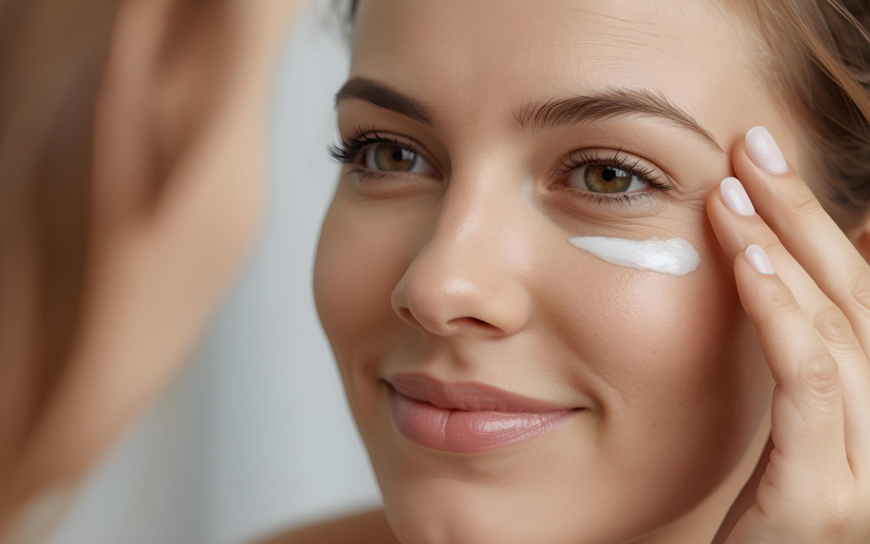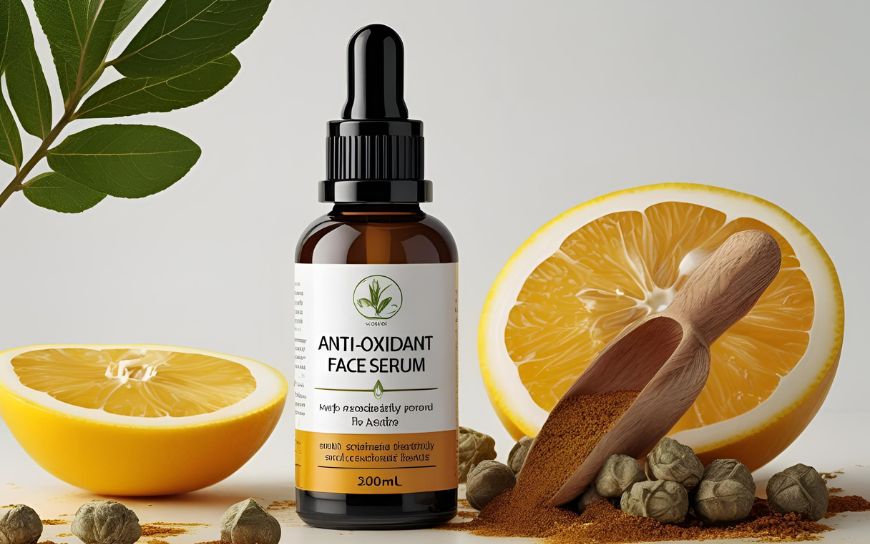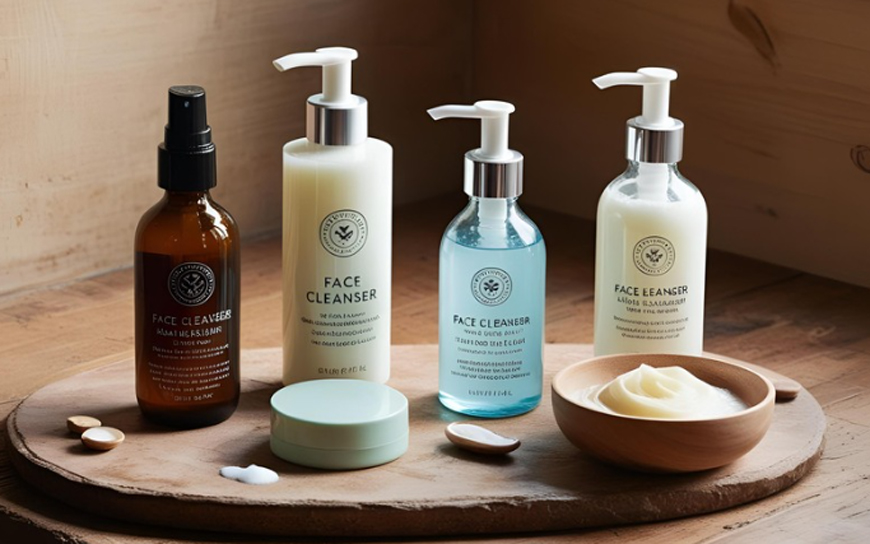
Let’s be honest: washing your face sounds like the simplest step in a skincare routine… but the moment you step into the world of cleansers—gels, milks, micellar waters, bars, soaps—it starts to feel like decoding a skincare mystery. Don’t worry, we’ve all been there.
In this post, we're breaking down the different types of face cleansers and helping you figure out which one (or combo!) makes the most sense for your skin right now. Because yes—your skin changes with time, the seasons, your hormones, and even your sleep habits. And your skincare should follow along.
Why Cleansing Is More Than Just “Washing Your Face”
Before we dive into product types, let’s talk about why cleansing really matters.
Throughout the day, your skin collects all kinds of unwanted guests—pollution, sweat, bacteria, makeup, SPF, and natural oils. If you don’t wash them away properly, you could be dealing with clogged pores, dullness, breakouts, or just that uncomfortable “film” feeling.
But here's the trick: you want your cleanser to clean without stripping your skin. That tight, squeaky-clean feeling? It’s not a sign of cleanliness—it's a cry for help from your skin barrier.
So the goal is balance: remove the bad stuff, keep the good stuff (like your natural moisture and skin-friendly oils), and prep your face to soak up all the lovely serums and moisturizers you apply afterward.
Cleansers 101: What’s What?
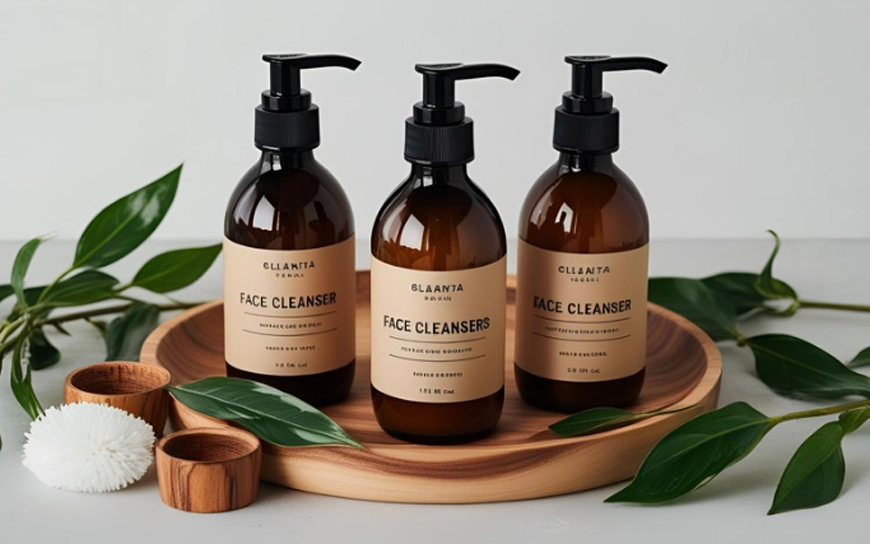
Let’s explore some common types of cleansers and who they tend to work best for. Keep in mind, none of these are “bad”—it’s all about matching the right one to your skin's current needs.
Cleansing Gel
Best for: Normal to oily, acne-prone, or combination skin
These have a lightweight texture and often contain mild exfoliants or antibacterial ingredients. They give you that “deep clean” feeling without being harsh (when well-formulated). Perfect if you’re feeling a little congested or oily, especially in the summer.
Cleansing Milk
Best for: Dry, sensitive, or mature skin
Milky cleansers are ultra-gentle and hydrating. They dissolve makeup and grime without foaming, and they help maintain your skin’s moisture barrier. Think of them as a soft hug for your face—especially helpful in colder months.
Micellar Water
Best for: All skin types, especially sensitive or low-maintenance routines
Micellar water is a no-rinse cleanser made of tiny oil molecules (micelles) suspended in water. It’s great for light cleansing, removing makeup, or a quick refresh. Ideal for those who travel a lot or want a minimalist routine. Some use it as a first cleanse before a more targeted product.
Liquid Facial Soap
Best for: Normal to oily skin, teens and young adults
These can vary widely in how gentle they are, so look for sulfate-free formulas with hydrating ingredients. A simple, effective option for people who like that “just washed” feeling without over-drying.
Solid Cleansing Bars / Face Soap
Best for: Combination, oily, or eco-conscious users
These can be surprisingly gentle, especially the new generation of solid cleansers made with nourishing oils and without harsh detergents. Great for people who want a low-waste, travel-friendly option. But steer clear of overly alkaline soaps—they can disrupt your skin’s pH balance.
Skin Type Isn’t Static (And Neither Should Your Cleanser Be)
Here’s a little skincare truth that many overlook: your skin isn’t always the same. What worked at 20 may not work at 35. And your skin might behave differently during your period, in winter, during travel, or if you’re stressed or changing medications.
So be flexible! You don’t have to marry your cleanser. It’s completely okay to have two or three options and switch things up based on how your skin feels.
Some examples:
- Summer skin feeling oilier? Swap your creamy cleanser for a gel.
- After sun exposure or during retinol use, choose something gentler like a cleansing milk.
- Heavy makeup day? Do a double cleanse: start with micellar water or milk, then follow with a gel or bar cleanser.
It’s Okay to Mix and Match
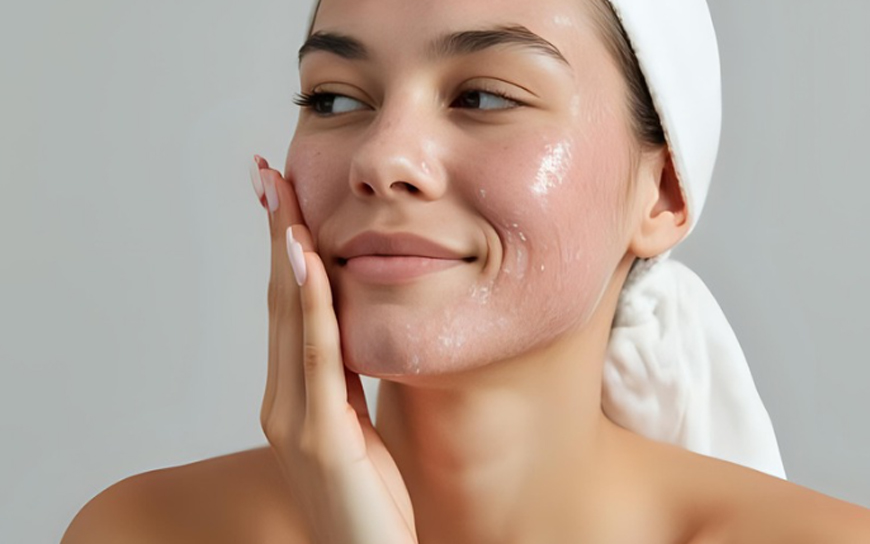
Speaking of double cleansing—this is a great way to customize your routine without needing a thousand products.
Double cleansing simply means using two cleansers one after the other:
1. The first removes makeup, sunscreen, and surface grime (like micellar water, cleansing oil, or milk).
2. The second actually cleans your skin (a gel, soap, or mild foam).
This is especially useful if you wear SPF daily (which you should!) or makeup, or live in a big city with pollution.
And sometimes, even without double cleansing, mixing and matching can help. For example:
- Use milk in the morning when your face just needs a light refresh.
- Use a gel cleanser at night to get rid of the day’s buildup.
A Few More Tips Before You Go
- Always listen to your skin. Tightness, redness, or breakouts could be signs your cleanser isn’t a good match.
- Be gentle. You don’t need to scrub hard—massage gently for 30–60 seconds, then rinse with lukewarm water.
- Don’t skip cleansing before bed. Even if you didn’t wear makeup, your skin still collected stuff during the day.
- Rinse properly. Residue from cleansers can irritate your skin or clog pores, so make sure you’re rinsing thoroughly.
Final Thoughts
There’s no one-size-fits-all when it comes to cleansing—just the right product for you right now. Your skin is unique, and it deserves a little trial and error to find what makes it happiest.
Whether you're team gel, milk, bar, or water, what matters most is that you actually enjoy the process. Cleansing shouldn’t feel like a chore—it’s your moment to connect with your skin and start or end your day with care.
Got a favorite cleanser that works wonders for your skin type?
If not, check our recommendations here

